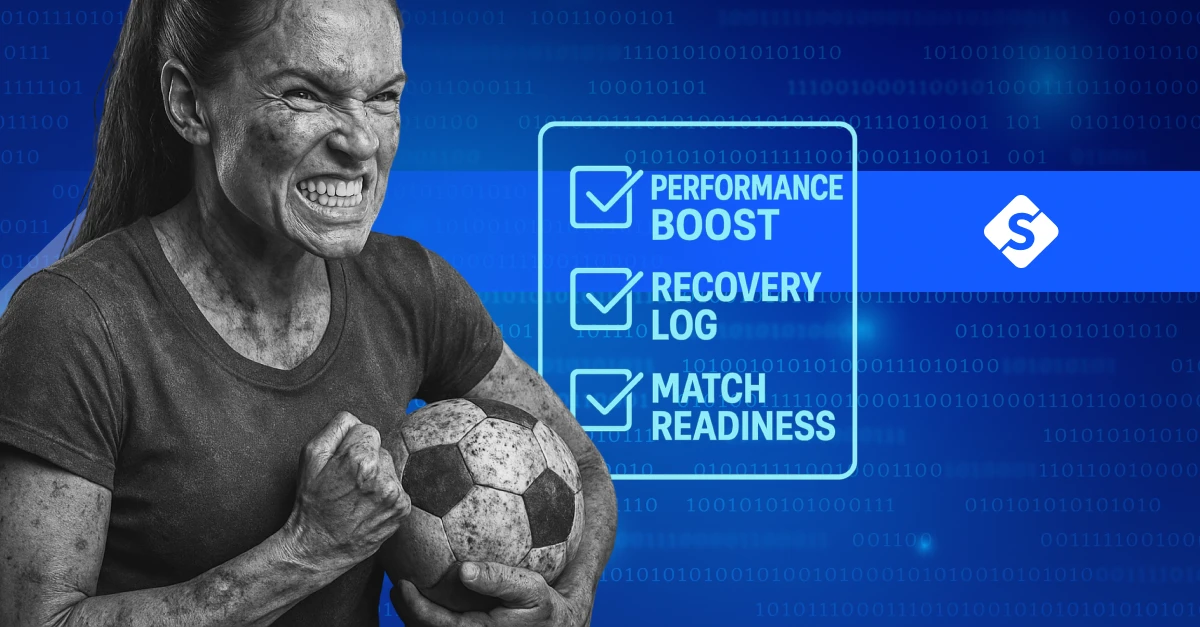Vital Metrics Checklist for Software Health Monitoring

Why Software Maintenance is Important
Maintaining the health and performance of software is a crucial ongoing task. Without proper maintenance, software systems are prone to outages, slowdowns, and degradation over time. By monitoring key metrics across several areas, organizations can be proactive about software upkeep. This enables the level of resilience and continuity needed for business-critical applications.
First, it is important to understand why software maintenance matters. At its core, maintenance prevents outages, keeps performance consistent, allows new updates and features, and reduces technical debt or risks from unpatched issues. Setting maintenance goals and benchmarks is advised based on business needs.
What are the Different Maintenance types?
Corrective Maintenance - This involves fixing bugs, defects, and crashes that cause system errors or failures. Metrics to monitor include bug rates, mean time between failures, and availability after updates. The root cause analysis of recurring defects is also important to consider.
Adaptive Maintenance - This enables new features, integrations, modules, and capabilities as requirements evolve. Useful metrics include tracking new feature adoption, measuring integration success rate, and monitoring performance impact.
Perfective Maintenance - This focuses on system improvements like better code quality, optimized workflows, and an enhanced user experience. Metrics around performance benchmarks, quality goals, technical debt reduction, and user satisfaction help drive these initiatives.
Preventive Maintenance - This avoids future problems through activities like security patching, tech upgrades, redundancy, and capacity planning. Key metrics are vulnerability management, readiness for growth, and fault tolerance capabilities.
Tracking metrics tailored to each maintenance category allows organizations to take targeted, data-driven actions to upkeep their software and proactively avoid issues. The specific metrics will vary based on software architecture, infrastructure, team priorities, and business needs.
Uptime and Availability Monitoring
Uptime refers to the percentage of time software remains functional for users. Availability encompasses both uptime and the ability to handle requests successfully. Tracking the overall uptime percentage over time and setting an availability benchmark like 99.95% uptime allows for assessing resilience.
Alerts should be configured for unplanned outages or downtime incidents because, if not, even brief periods of downtime can result in revenue losses, damage to reputation, and other concrete impacts.
Robust tools exist to track availability and get alerts for outages. Goal setting for uptime and availability percentages is recommended based on business needs. Detailed uptime and availability reporting provide insight for preventative software support.
Performance Monitoring
Application performance metrics (APM) are also key for maintenance. Monitoring application response times helps uncover bottlenecks. Leveraging synthetic monitoring to simulate user journeys provides insight into optimizations.
Setting performance goals for transactions, load times, and latency enables benchmarking. With performance data, organizations can optimize application speed for business purposes. Performance monitoring also enables preemptive maintenance when slowdowns begin to occur.
Error Rate Tracking
Tracking the rate of errors provides maintenance insight and gives a clear picture of ongoing reliability. All system and application errors should be logged and categorized by priority. Analyzing trends in the types and frequency of errors allows for proactively preventing recurrences. Preventative software maintenance utilizes error rate tracking to address code defects, resource constraints, and architecture weaknesses. As such, reducing future errors is an important maintenance goal.
Resource Utilization
Resource utilization metrics complete the picture. Monitoring usage for CPU, memory, storage, network, and cloud resources helps with right-size allocation. Utilization thresholds can trigger alerts for potential issues, while optimizing resources reduces costs. Lastly, usage patterns uncovered may necessitate software or infrastructure changes through proactive maintenance.
Customize Metrics for Testing and Support
Software teams should complement standard metrics with customized ones based on their specific application, infrastructure, and business goals. For testing, key custom metrics include defect rates, test coverage, automation level, and cycle time.
For support, useful customized metrics are ticket resolution rates, customer satisfaction, service levels, and escalation rates. Tracking both standardized and tailored metricsallows organizations to make data-driven maintenance decisions optimized for their unique software environment and objectives.
Ongoing Maintenance
Comprehensive monitoring provides the data to optimize software maintenance. Alert thresholds trigger proactive responses. Tracking during development sets benchmarks to measure against.
Monitoring is an integral part of the software lifecycle, enabling resilience. Metrics should be tailored to the application and business environment. Visibility monitoring is essential for making data-driven maintenance decisions.
Outlook
Regular monitoring provides essential visibility into software health in production environments. Tracking key metrics allows organizations to maximize uptime, optimize performance, reduce errors, and manage resources. This enables informed preventative maintenance to keep software resilient over time. A monitoring strategy is an investment in long-term software reliability.
With these metrics-driven insights, organizations can make data-backed maintenance decisions over the software lifecycle. The specifics will vary based on the application, infrastructure, and business environment. However, following a methodology for monitoring software health leads to resilience.

